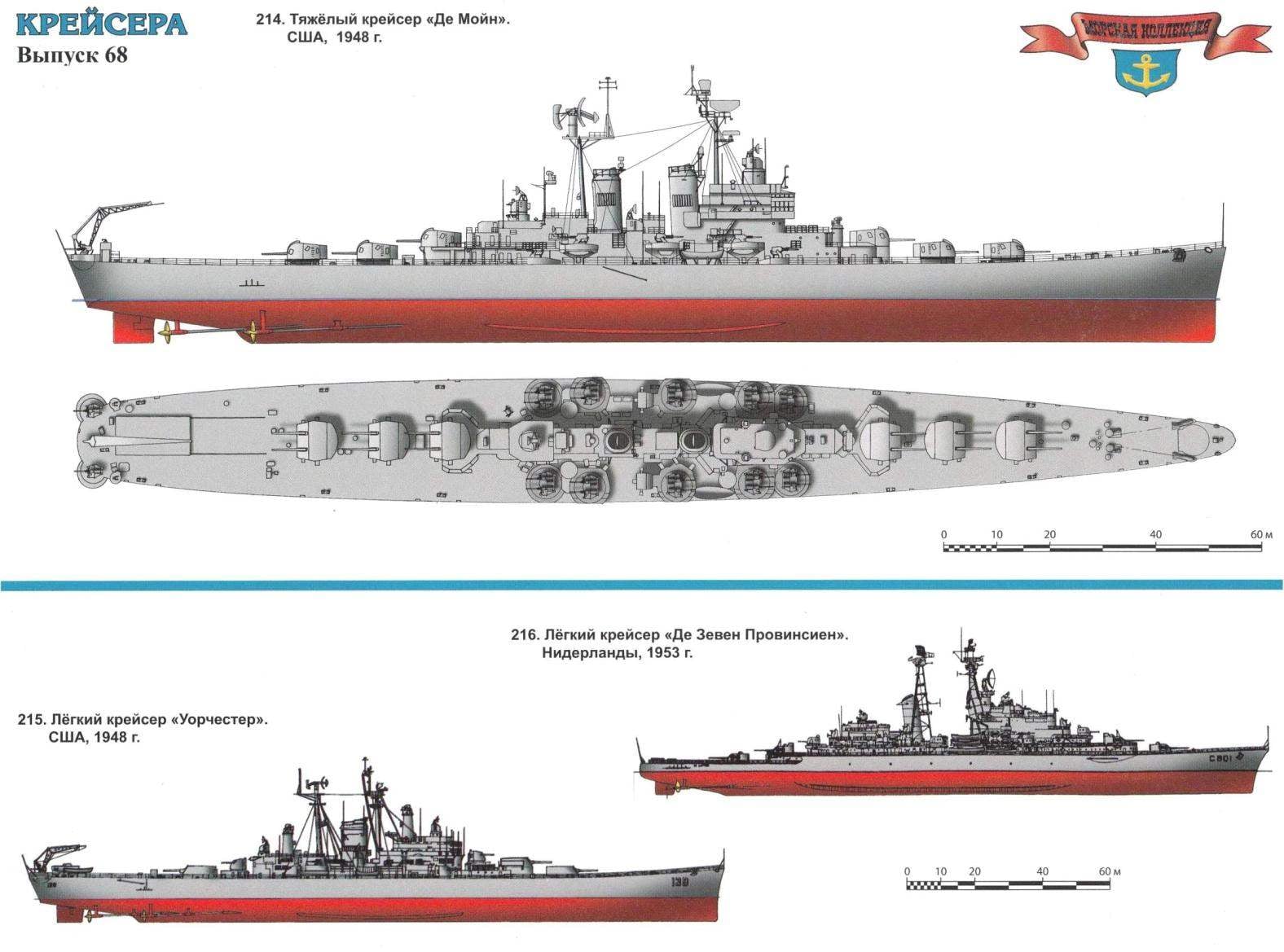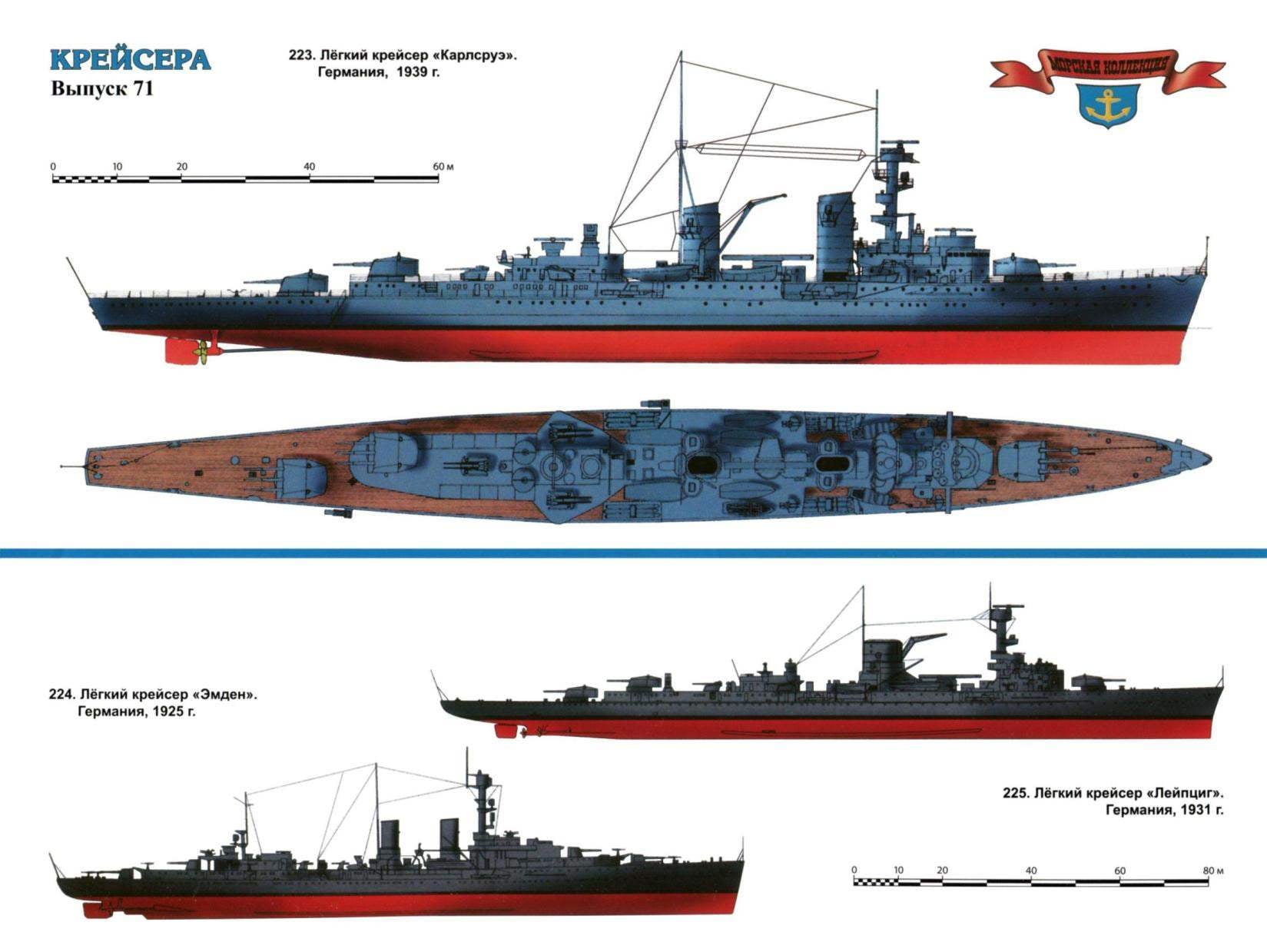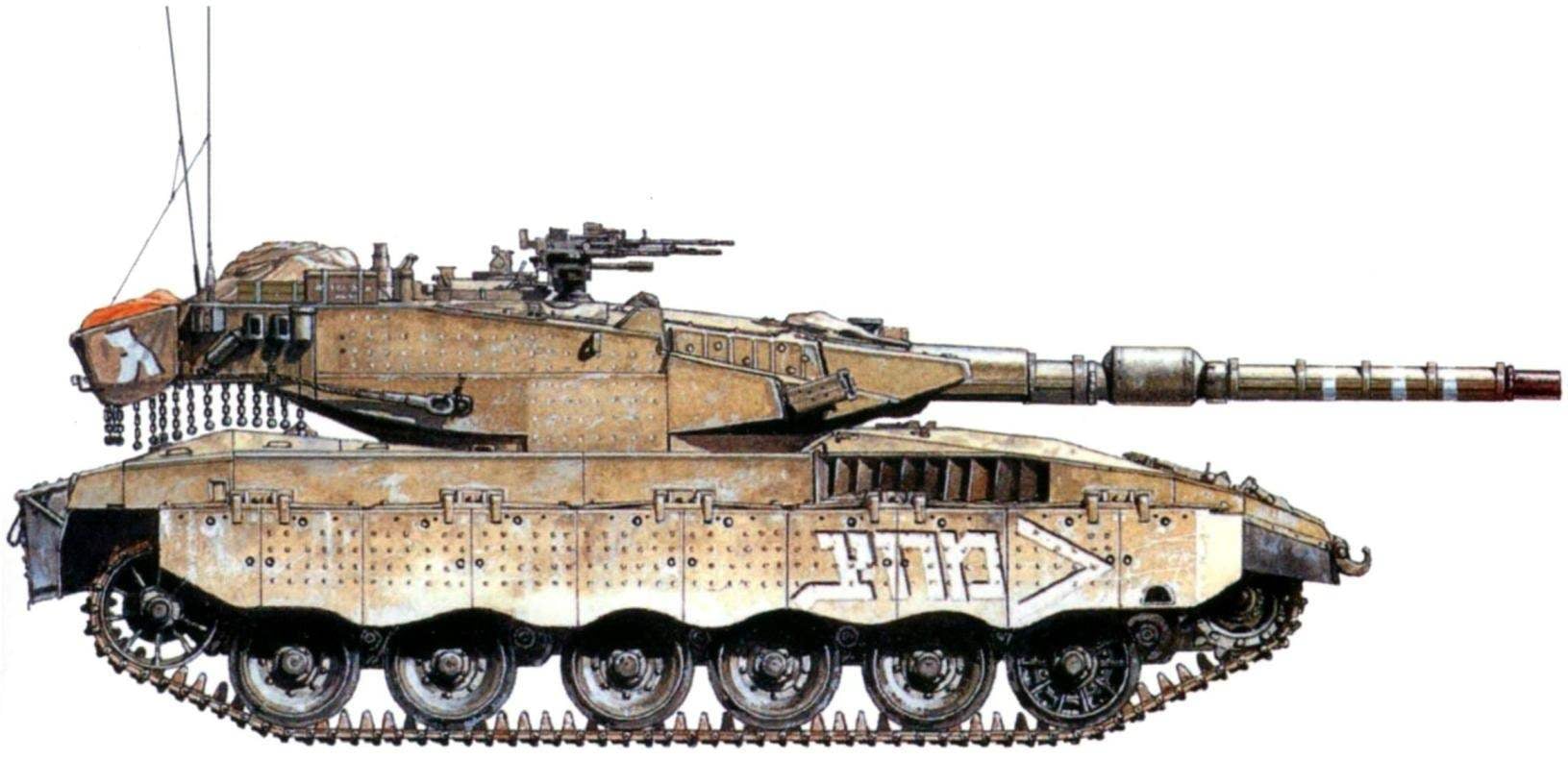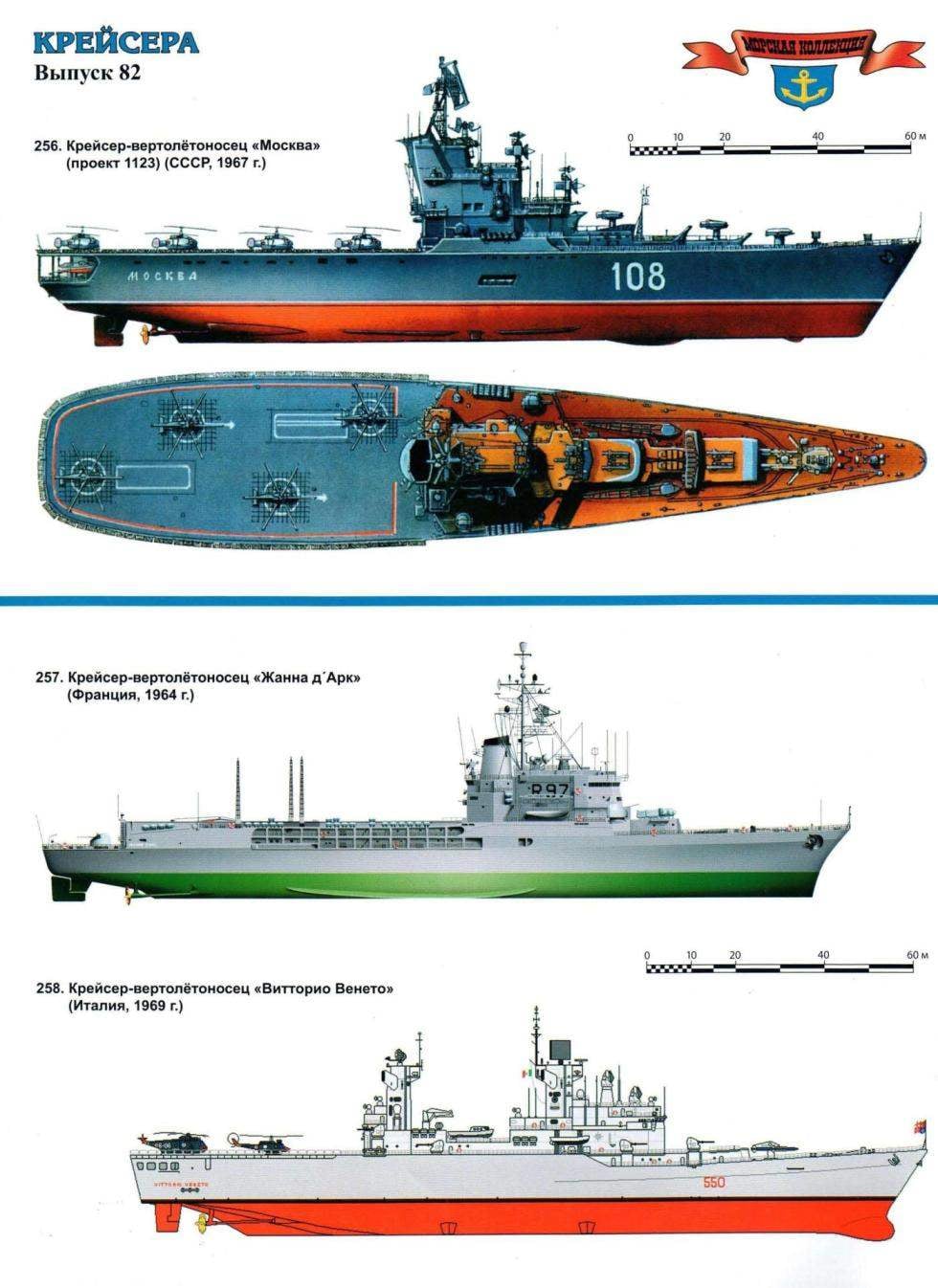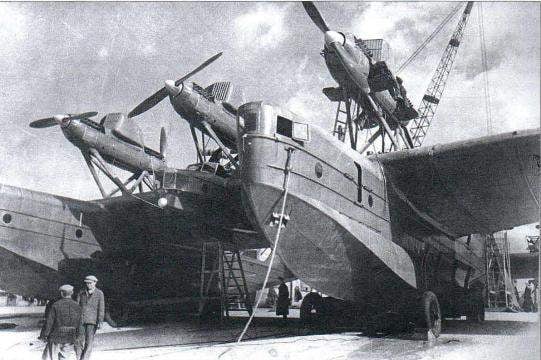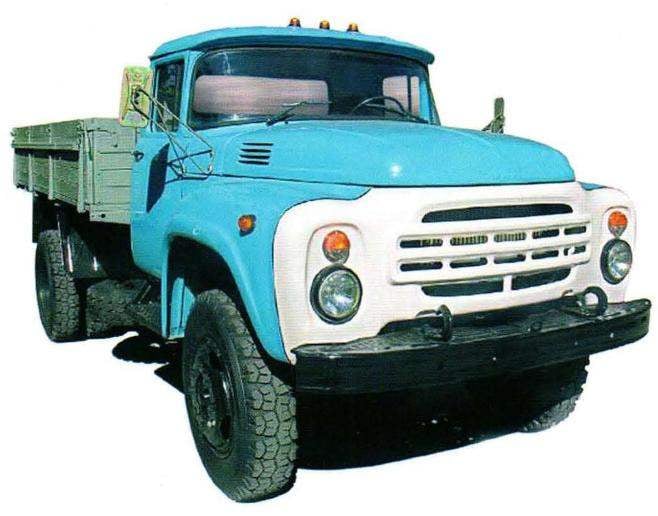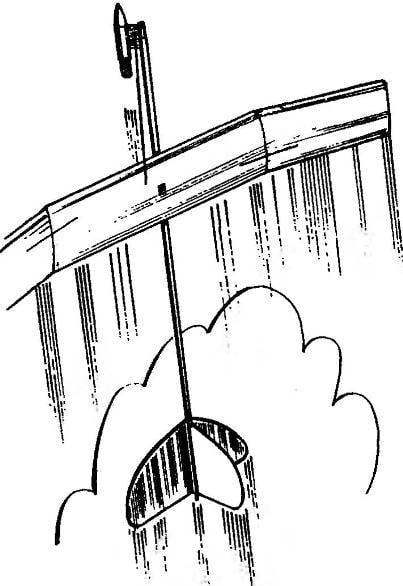 Gradually accelerates since the beginning of the “great war” in Europe, the US military machine required a constant feeding of “raw materials” — new projects and orders. Moreover, fighting constantly threw up new and new reasons. After not too successful performance in Norway and followed the fall of France, the evacuation of the British from Dunkirk, it became clear that any fleet in dire need of strong air cover, to ensure that staff pre-war anti-aircraft guns could not. The Americans wanted to solve the problem fundamentally, creating a six-inch anti-aircraft gun, arming her cruiser. It is clear that the new super-aircraft guns required a high rate of fire and good mobility, not to mention the obligatory fire control systems. “Project” has drawn many more millions and on for months — perfect for the military-industrial complex.
Gradually accelerates since the beginning of the “great war” in Europe, the US military machine required a constant feeding of “raw materials” — new projects and orders. Moreover, fighting constantly threw up new and new reasons. After not too successful performance in Norway and followed the fall of France, the evacuation of the British from Dunkirk, it became clear that any fleet in dire need of strong air cover, to ensure that staff pre-war anti-aircraft guns could not. The Americans wanted to solve the problem fundamentally, creating a six-inch anti-aircraft gun, arming her cruiser. It is clear that the new super-aircraft guns required a high rate of fire and good mobility, not to mention the obligatory fire control systems. “Project” has drawn many more millions and on for months — perfect for the military-industrial complex.
Collection
HEAVY ARTILLERY TRACTOR AT-T
 The designers of the Department of track-laying tractors (known as the Department of “200”) of the Kharkiv locomotive plant them. The Komintern (KhPZ) built in 1936 heavy artillery tractor “Voroshilovets” on the basis of the original, but irrational in the scheme, laborious to manufacture and maintain chassis. Later, in the design process of the T-34, they came to the conclusion that because of the proximity of the traction-weights, power, and mobility it is advisable to develop heavy trucks based on the chassis of a modern medium tanks. This unification was beneficial and production.
The designers of the Department of track-laying tractors (known as the Department of “200”) of the Kharkiv locomotive plant them. The Komintern (KhPZ) built in 1936 heavy artillery tractor “Voroshilovets” on the basis of the original, but irrational in the scheme, laborious to manufacture and maintain chassis. Later, in the design process of the T-34, they came to the conclusion that because of the proximity of the traction-weights, power, and mobility it is advisable to develop heavy trucks based on the chassis of a modern medium tanks. This unification was beneficial and production.
IN THE GRIP OF VERSAILLES
 The remaining after the 1st World war, the main defeated, Germany was disadvantaged their opponents, as they say, in full. Not escaped the almost complete destruction of the German fleet. Under the terms of the Treaty of Versailles in its composition could have only 6 battleships and the same old light cruisers. In order to completely humiliate Germany, this set of old were allowed to update only once expired service life, which for cruisers identified in 20 years. After this period, it was possible to build only units, not exceeding the displacement of 6000 tons.
The remaining after the 1st World war, the main defeated, Germany was disadvantaged their opponents, as they say, in full. Not escaped the almost complete destruction of the German fleet. Under the terms of the Treaty of Versailles in its composition could have only 6 battleships and the same old light cruisers. In order to completely humiliate Germany, this set of old were allowed to update only once expired service life, which for cruisers identified in 20 years. After this period, it was possible to build only units, not exceeding the displacement of 6000 tons.
MERKAVA from ISRAEL
 According to the program of development of the armed forces of Israel military industry of the country by 1989 was able to create actually a new Merkava tank (Мегкаvа) MK.Z. The Lebanese campaign of 1982, in which machines “Merkava” MK.1 and “Merkava” MK.2 participated in the fighting, showed that they can still be amazed by the 125-mm projectiles the main of their opponent on the field of battle T-72 tank. Therefore, based on the concept of Israel’s military leadership “to protect the crew — above all”, once again at the forefront were put the problem of improving the tank’s protection. The designers used the new car an upgraded modular armour — steel packs-boxes with several layers of special armor inside. They are mounted with bolt connections to the surface of the machine, forming additional built-in dynamic protection of the so-called passive type. With the destruction of the module it can be easily replaced by another.
According to the program of development of the armed forces of Israel military industry of the country by 1989 was able to create actually a new Merkava tank (Мегкаvа) MK.Z. The Lebanese campaign of 1982, in which machines “Merkava” MK.1 and “Merkava” MK.2 participated in the fighting, showed that they can still be amazed by the 125-mm projectiles the main of their opponent on the field of battle T-72 tank. Therefore, based on the concept of Israel’s military leadership “to protect the crew — above all”, once again at the forefront were put the problem of improving the tank’s protection. The designers used the new car an upgraded modular armour — steel packs-boxes with several layers of special armor inside. They are mounted with bolt connections to the surface of the machine, forming additional built-in dynamic protection of the so-called passive type. With the destruction of the module it can be easily replaced by another.
THE SECOND COMING OF THE “HYBRIDS”
 The emergence of nuclear submarines dramatically changed the balance of forces at sea, not only between countries but also between classes of ships. Indeed, hunters submarines could easily reach speeds sufficient to prosecute his opponent in a submerged position. However, nuclear reactors combined with a new hull shapes were allowed to reach 30 knots and more, available to only the destroyers. Of course, followed by the construction of modern anti-submarine ships, but the advantage is pretty solidly moved to the sources of underwater threats. Lack of range of sonar allowed the submarines in time to escape a dangerous situation. However, as always in the history of arms, and they were equally unpleasant opponent. They became anti-submarine helicopter, which had a huge advantage in speed and the view from the height, especially when using the sonar reentry, which in this case does not prevent the noise of the screws.
The emergence of nuclear submarines dramatically changed the balance of forces at sea, not only between countries but also between classes of ships. Indeed, hunters submarines could easily reach speeds sufficient to prosecute his opponent in a submerged position. However, nuclear reactors combined with a new hull shapes were allowed to reach 30 knots and more, available to only the destroyers. Of course, followed by the construction of modern anti-submarine ships, but the advantage is pretty solidly moved to the sources of underwater threats. Lack of range of sonar allowed the submarines in time to escape a dangerous situation. However, as always in the history of arms, and they were equally unpleasant opponent. They became anti-submarine helicopter, which had a huge advantage in speed and the view from the height, especially when using the sonar reentry, which in this case does not prevent the noise of the screws.
“ALBATROSS” OF THE 1930S
 The weakness of the Navy of the USSR in the prewar years, tried to compensate by creating flying cruisers – multi-engined and heavily armed seaplane, able to deal with both surface and underwater ships, ground targets, and engage in mine production. As a result, in July 1931, the air force issued TSAGI reference for the development of seaplane MK-1 (ANT-22) with a lifting capacity of six tons. The plane had to fly at a speed of 300 km/h and have a radius of 1000 km. the Defensive armament was raised from four to five machine guns and two or three guns.
The weakness of the Navy of the USSR in the prewar years, tried to compensate by creating flying cruisers – multi-engined and heavily armed seaplane, able to deal with both surface and underwater ships, ground targets, and engage in mine production. As a result, in July 1931, the air force issued TSAGI reference for the development of seaplane MK-1 (ANT-22) with a lifting capacity of six tons. The plane had to fly at a speed of 300 km/h and have a radius of 1000 km. the Defensive armament was raised from four to five machine guns and two or three guns.
SWEDISH MAIN BATTLE TANK

THE LEGEND OF THE SOVIET AUTOMOBILE INDUSTRY

THE LAST CAR ENZO FERRARI

SIBERIAN ROCKET

